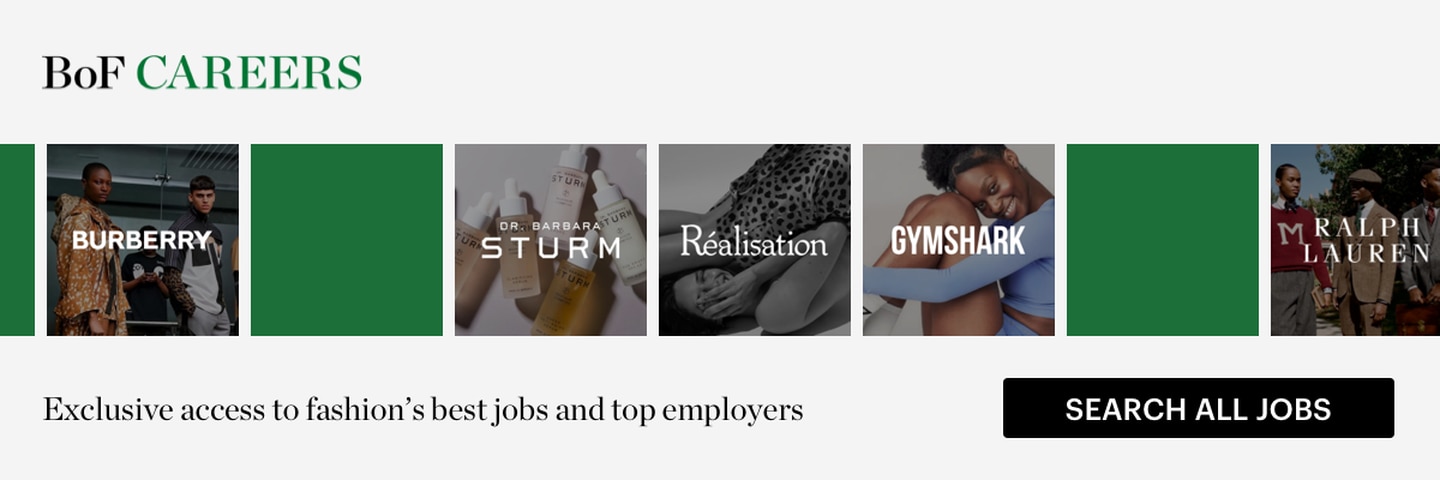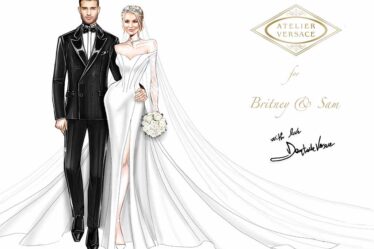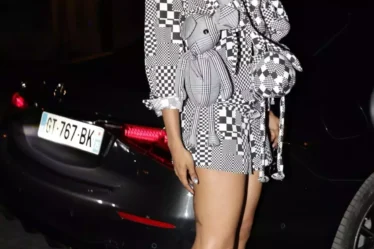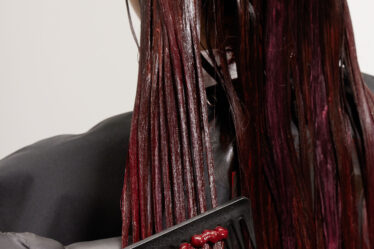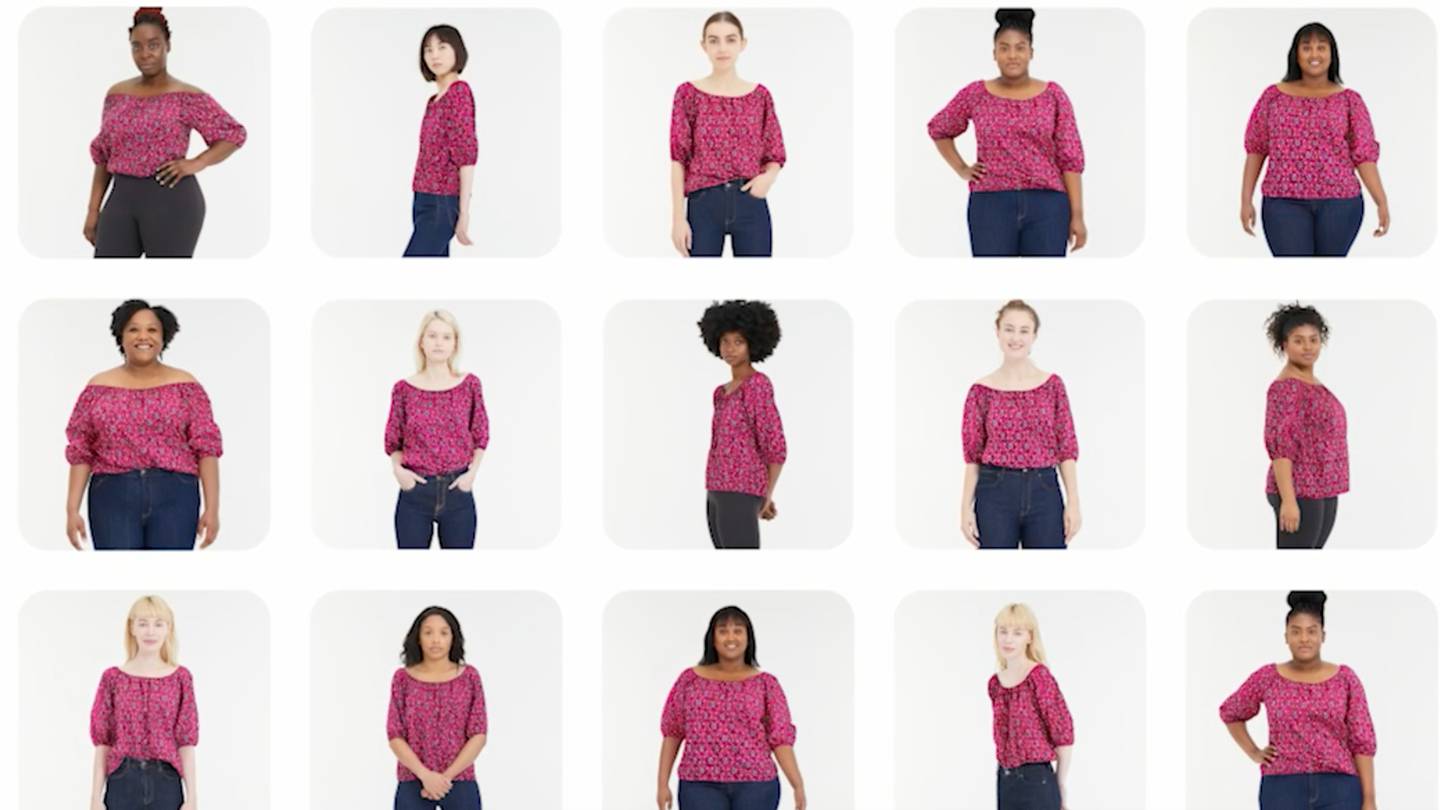
Discover the most relevant industry news and insights for fashion creatives, updated each month to enable you to excel in job interviews, promotion conversations or impress in the workplace by increasing your market awareness and emulating market leaders.
BoF Careers distils business intelligence from across the breadth of our content — editorial briefings, newsletters, case studies, podcasts and events — to deliver key takeaways and learnings tailored to your job function, listed alongside a selection of the most exciting live jobs advertised by BoF Careers partners.
Key articles and need-to-know insights for creatives in fashion today:
1. Google Thinks It Has Cracked Virtual Try-On With Generative AI
Google unveiled a new feature last week that it says allows it to show how any garment will “drape, fold, cling, stretch and form wrinkles and shadows” on models from sizes XXS to 4XL. Where available, users will see a “try on” label allowing them to choose a real person they want to see the item on, with the available models spanning a range of skin tones, body shapes and ethnicities.
To do it, Google uses an AI technique called diffusion, which underlies its own image-generating system, Imagen, and others like OpenAI’s DALL-E. It gradually adds pixels of “noise” to an image until it’s fully degraded and then reverses the procedure to reconstruct it, using this “denoising” process to teach the model how to produce new images from random data. With the announcement, Google becomes the biggest contender yet to try its hand at virtual try-on.
Related Jobs:
Creative Stylist, Next — Leicester, United Kingdom
Senior Producer, Photo and Video, Neiman Marcus — New Milford, United States
Associate, Omni Strategic Initiatives, Tapestry — New York, United States
2. Pharrell at Louis Vuitton: When Fashion Became Entertainment
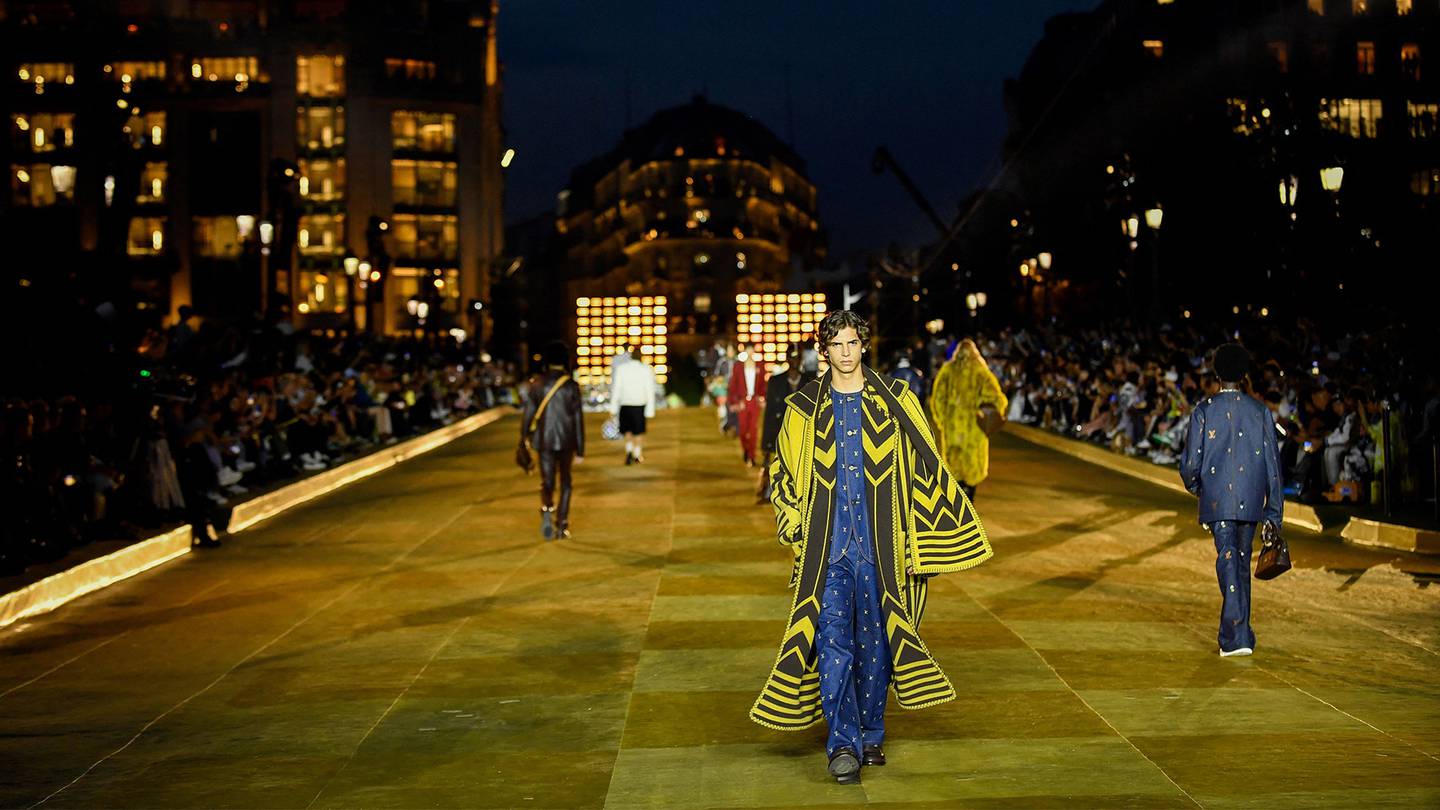
Over a year and a half after the death of Virgil Abloh, all eyes turned to Paris’ historic Pont Neuf bridge, which Louis Vuitton had covered in gold checkerboard for the debut of new men’s creative director Pharrell Williams. Parent company LVMH spared no expense with the mega-production, which took place steps from Louis Vuitton headquarters and the group’s glimmering Cheval Blanc hotel.
Pharrell’s appointment coincided with Vuitton’s coming out as a “cultural brand.” At €20 billion in annual revenues, Vuitton has outgrown fashion as its primary vehicle for generating buzz. As such, Pharrell’s output was as much about the overall spirit as the clothes, driving home a commercially potent message: Louis Vuitton is Paris; and Louis Vuitton is travel, music and culture writ large.
Related Jobs:
Graphic Designer (Clothing), Broken Planet — London, United Kingdom
Creative Pattern Cutter, Alexander McQueen — London, United Kingdom
Senior Print & Textile Designer, Acne Studios — Stockholm, Sweden
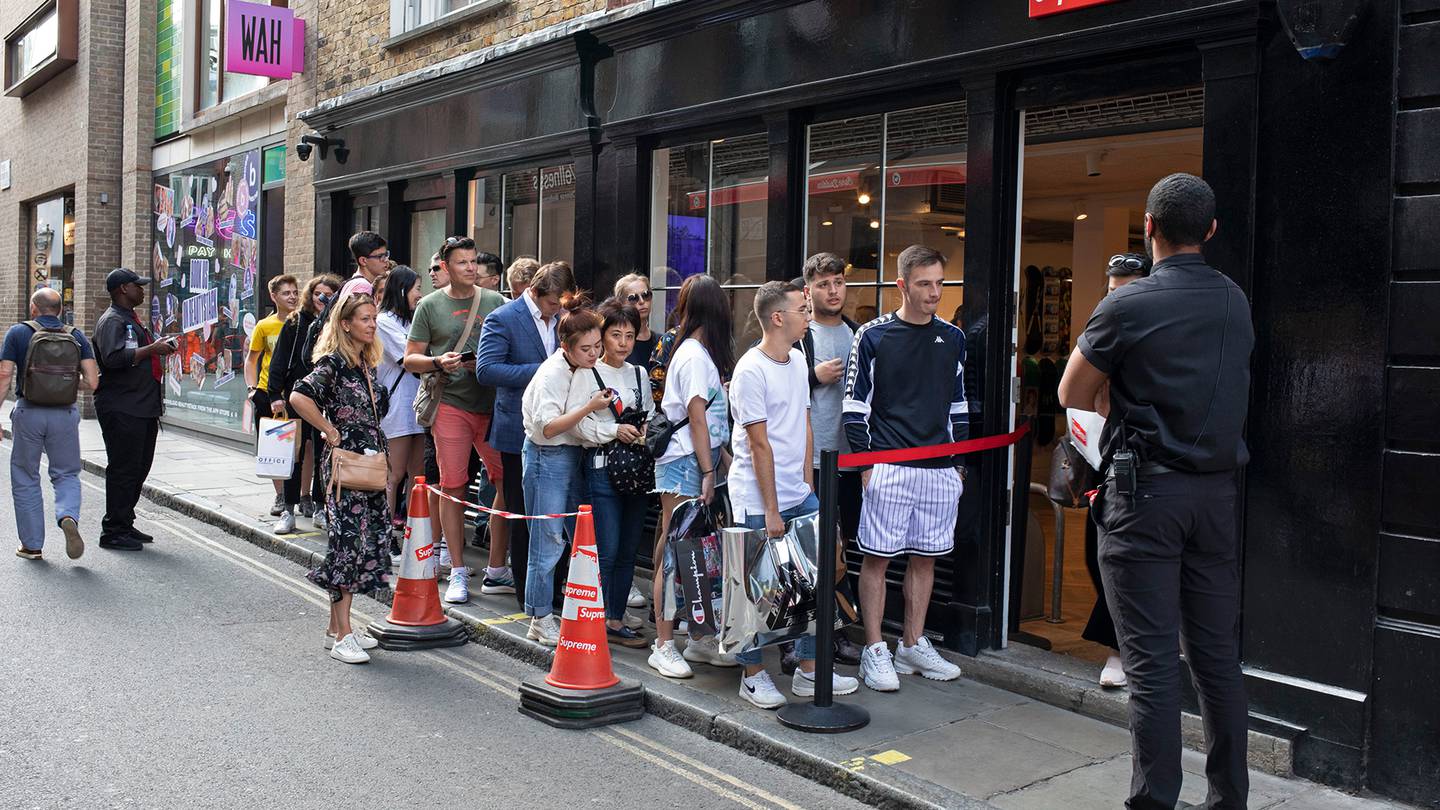
VF Corp. hasn’t talked much about Supreme’s performance since it acquired the brand for $2.1 billion in 2020. The streetwear brand logged revenue of $523.1 million in the year ending in March, a 7 percent drop from $561.5 million the year before. Net income also decreased to $64.8 million, from $82.4 million.
Supreme’s underperformance could be seen as the latest sign that the hype around streetwear has cooled. Many luxury brands and consumers have pivoted away from logo-heavy hoodies, puffers and sneakers in favour of more muted and elevated styles. Newer, scrappy brands are also taking market share from larger streetwear players.
Related Jobs:
Creative Photographer and Production Manager, RIXO — London, United Kingdom
Media Associate, Kate Spade New York — New York, United States
Visual Manager, Neiman Marcus — New York, United States
4. Generative AI Is Proving a Tough Sell to Fashion’s Next Generation

Fashion schools are on the front lines of preparing the next generation of talent to enter an industry that could be shaken up by generative AI. The recent surge of powerful new AI image generators has made it much easier for anyone with a computer to churn out new design concepts. The situation is sparking both excitement about the possibilities and fear it could displace workers.
Schools such as Parsons School of Design and the London College of Fashion have long-standing elective classes where students can gain exposure to designing with AI if they choose. Others are moving more slowly and haven’t formally developed any related courses. But it isn’t just reluctance on the part of schools. Today, students travel from all over the world to learn the craft of fashion. They want to learn skills like traditional pattern cutting. Technology doesn’t usually figure into the plan.
Related Jobs:
Mid-Weight Graphic Designer, Self-Portrait — London, United Kingdom
Product Development Assistant, Jewellery & Eyewear, Burberry — London, United Kingdom
Graphic Designer, Orseund Iris — New York, United States
5. Inside Chanel’s ‘Ultimate Luxury’ Push: Jewellery, But Make It Tweed

This June, Chanel flew guests from around the world to London to view its latest high jewellery collection. The line, designed to mimic the suppleness and intricacies of tweed fabric using precious stones, is the second to be inspired by the iconic material, but the first to be displayed to clients at a large-scale event. It marks a major push for Chanel in the high jewellery segment, which is shaping up into a key battleground for luxury brands seeking to ramp up their exposure to top-spending “VICs” (very important clients).
Indeed, as the broader luxury market faces slowing sales in the key US market following a post-pandemic boom, particularly among aspirational and middle-class shoppers pinched by inflation, brands see maintaining close ties with the wealthiest clients as even more crucial.
Related Jobs:
Assistant Designer, Jewellery, Alexander McQueen — London, United Kingdom
Designer Catalogue Manager, Fellows Auctioneers — Birmingham, United Kingdom
Art Director, Bugatchi — Montréal, Canada
6. At Pitti and Milan Men’s, It’s Gorpcore vs. Quiet Luxury
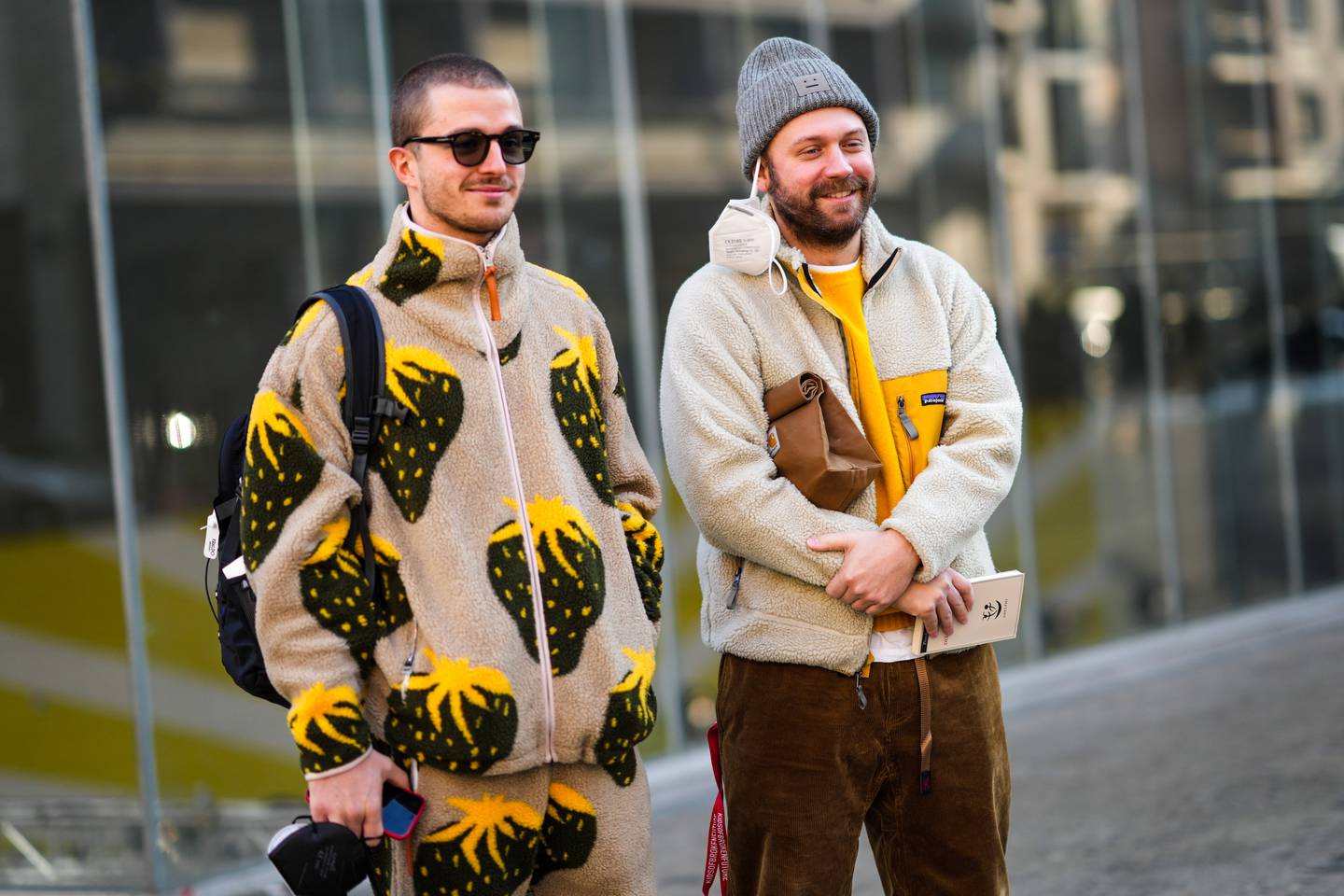
In Milan and at Pitti Uomo, look for signs of what’s next for two key menswear trends: gorpcore (think hipster-meets-hiking) and quiet luxury. On the quiet luxury front, purveyors of classic Italian menswear like Zegna and Brunello Cucinelli are currently enjoying a surge in heat.
It’s unclear to what extent rising interest in minimalism and dressier clothes will be incorporated by gorpcore and streetwear brands, not to mention big luxury houses like Fendi where logos and monograms are a key driver of sales. Some sporty labels are already rolling out more toned-down fare, like Asics, which launched a new sub-brand by Kiko Kostadinov.
Related Jobs:
Archive, Design Office Internship, Moncler — Italy
Social Media Manager, La DoubleJ — Milan, Italy
Visual Merchandiser, Burberry — Paris, France
7. Can a Creative Revamp Turn Swarovski Around?
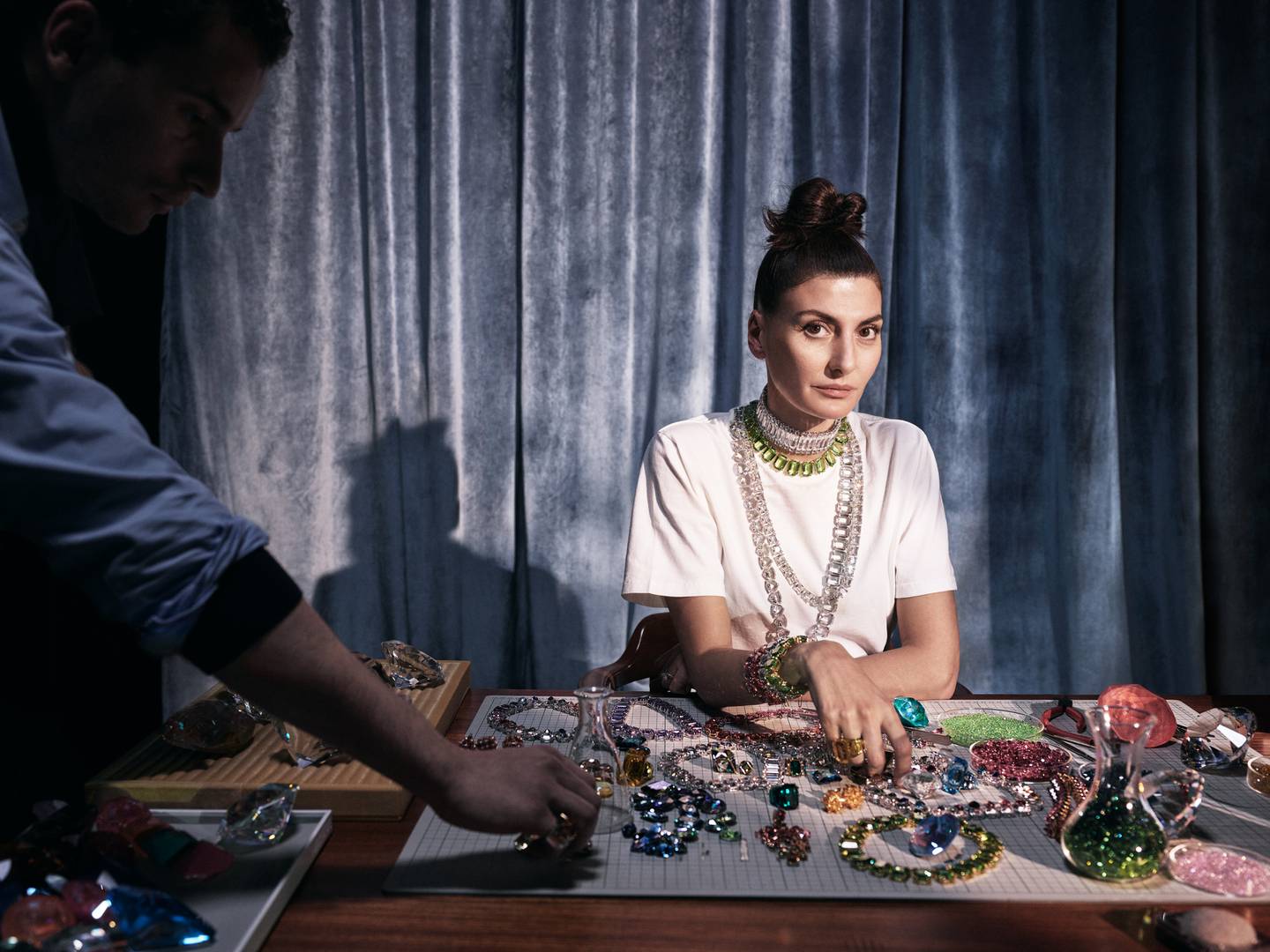
Three years after Giovanna Engelbert joined Swarovski as its first-ever creative director, the fashion editor-turned-designer’s creative revamp of the 128-year-old Austrian crystal maker’s consumer business is gaining momentum. So far this year, Swarovski has been involved with three of fashion’s most viral moments. In January, Pat McGrath affixed 30,0000 Swarovski crystals to Doja Cat for the Schiaparelli haute couture show. In May, McGrath again used Swarovski at the Met Gala red carpet: a crystal-and-pearl cat mask for a silver body-painted Lil Nas X.
Now Engelbert is aiming to reinforce Swarovski’s renewed fashion buzz with a global campaign lensed by Steven Meisel, the photography legend who has shot more than 400 covers for Vogue — conceived in partnership with McGrath.
Related Jobs:
Junior Content Manager, Mytheresa — Munich, Germany
Graphic Designer, Serena Uziyel — Istanbul, Turkey
Art Director, Harper’s Bazaar Arabia — Dubai, United Arab Emirates
8. Why Fashion Can’t Ignore Extended Reality
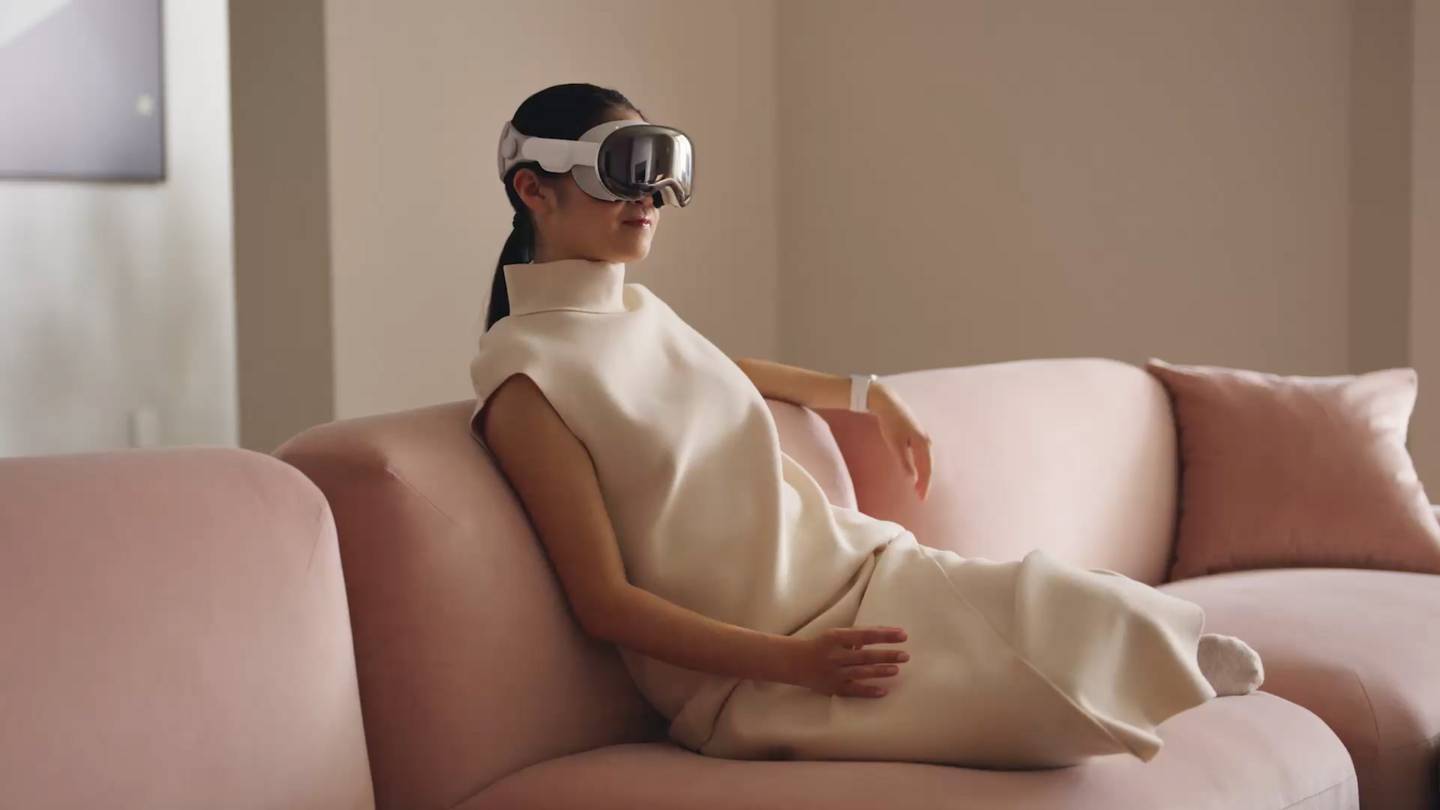
Apple’s announcement of its new augmented reality headset, the Vision Pro, wasn’t just about introducing a fun, new product it thinks consumers will buy. It’s a bet on the future of computers. As chief executive Tim Cook sees it, the Vision Pro is the next step in a long evolution that began with the advent of personal computers in the 1970s. Whatever fashion businesses may think of it, the idea that computers will soon blend the physical and digital isn’t going away, even if we don’t end up calling it “the metaverse.”
Apple is now working to build a content ecosystem for this future, and fashion may find itself drawn in. While fashion hasn’t rushed to create similar experiences for other AR products, it could be more tempted in Apple’s case, given the company’s design reputation and fashion cred. Meta may have teamed with Ray-Ban on smart glasses, but Apple’s best-known fashion partner is luxury powerhouse Hermès. As a brand, Apple certainly has the prestige, and so far at least, its AR experience seems more polished than others.
Related Jobs:
Middleweight Creative Digital Designer, Next — Leicester, United Kingdom
Video Editor, Social Media, Fashion Nova — Vernon, United States
Head of Digital & E-Commerce, Chalhoub Group — Dubai, United Arab Emirates
